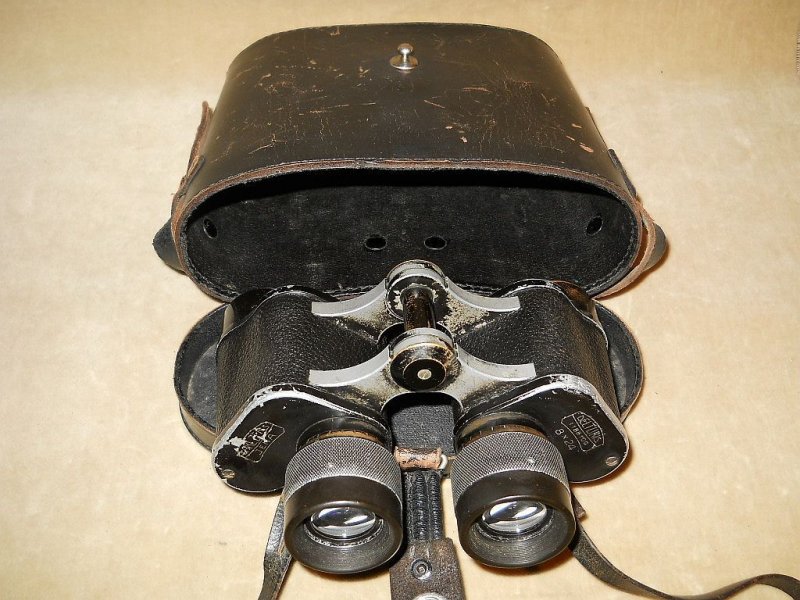

The laboratories remained in the research block constructed in 1959. The laboratories retained their names and roles, even if the structural acronyms changed. The internal organizational structure of the laboratories and development offices had hardly any impact on the new setup. A central directorate for Research and Development was retained, which was primarily in charge of initial and basic research. For this reason, Research and Development were allocated to the individual enterprises. An order management team (GA) was formed and assumed the construction management tasks of the GT department.Īfter the combine was formed in 1965, an initial attempt was made to expand the enterprises into full-fledged companies. The Security department was renamed GX in 1977 and the inspection office assigned to it, which had previously been directly below the plant manager.

It was conducted horizontally, by responsibilities.Īfter conclusion of the reforms, the organizational strcuture of Factory 2, or the G enterprise, remained intact until the dissolution of the G enterpise. The responsibilities of the specialist management teams was consistent across all the enterprises of the combine. Also effective 6 December 1971, the F, G and P enterprises were allocated to plant management for Factory II. As of 6 December 1971, the plant management of Factory 2, which was renamed G enterprise, assumed its duties. Effective 7 December 1971, the project management team in charge of building 6/70 since 20 March 1971, also known as the "building team", was dissolved. The three parent companies G, F and P relocated to building 6/70 once the investments were complete and were consolidated in "Factory 2". It became the center of the South Production System (aka Factory II), which saw a large part of the South Factory consolidated into a technological system. One of the greatest construction projects was that of building 6/70. The aim of the investments was to increase the production of scientific precision instruments for the needs of the former East Germany and for exports. Since the mid 1960s, substantial investments were approved for ZEISS. They were allocated to the former laboratories until the establishment of the Research Center in 1971. The same process was applied to the documents from Research and Development (see also the Research Operations section). It took a while for them to become fully integrated enterprises.Īs these enterprises hardly left any trail behind them, and in order to make the structures less complex, the few documents (45 units, primarily from the G, F and P enterprises) were allocated to the former management and a new stock was only formed with the establishment of a new, fully integrated enterprise. The core areas (Research, Development, Technology, Sales) remained dominant. While the former management team did become independent enterprises (telescope management (FBL) became the F enterprise), officially they remained production facilities. Organizational change was rather a slow process. At the same time, it was allocated to VEB Rathenower Optische Werke (ROW). On 1 January 1965, VEB Carl Zeiss Jena was turned into a combine.


 0 kommentar(er)
0 kommentar(er)
